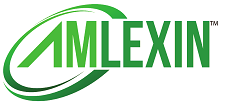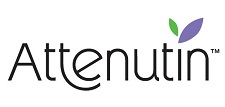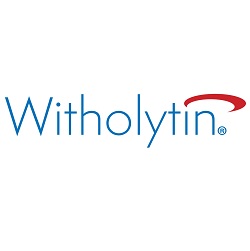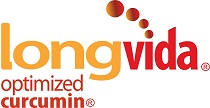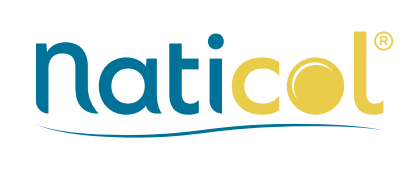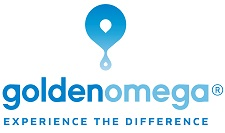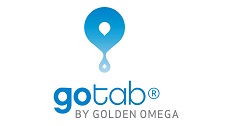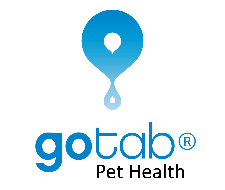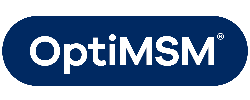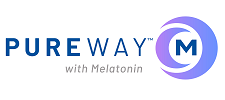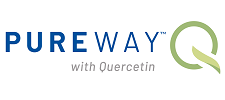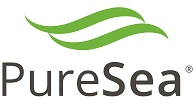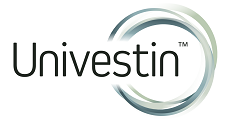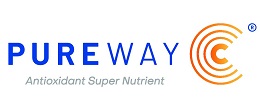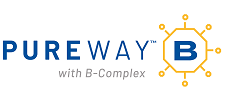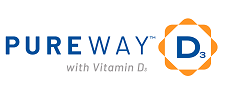Magnesium Hydroxide
Coffee
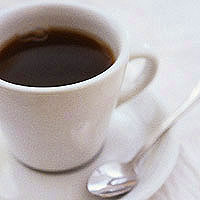
Varieties
There are hundreds of different coffee species, the two most common being robusta and arabica. Robusta is a hardier plant that grows at lower altitudes and produces beans with a harsher flavour and higher caffeine content. The arabica plant grows at high altitudes (3,000 to 6,500 feet or approximately 914 to 1,828 meters) and produces beans with a smoother, more elegant flavour and slightly less caffeine.
Roasting times greatly affect the colour and flavour of coffee—the longer the beans are roasted, the stronger the flavour. Among the most popular roasts are American, French, Italian, European, and Viennese. American roast or regular roast beans are medium-roasted for a moderate brew. French roast and dark French roast are heavily roasted, yielding deep chocolate brown beans and producing a stronger coffee. Italian roast are heavily roasted, glossy, brown-black beans that are strongly flavoured and used for espresso. European roast contains two-thirds heavy-roast beans blended with one-third regular-roast; Viennese roast reverses those proportions. Instant coffee is a powdered coffee made by heat-drying freshly brewed coffee. Freeze-drying coffee removes water content by means of a vacuum, with the coffee solidly frozen and preserved during the process. Bottled coffee drinks are also available, with milk, sugar, and other sweeteners and flavours.
No matter the variety, all types of coffee contain significant amounts of caffeine, with the exception, of course, of decaffeinated coffee. Decaffeinated coffee is produced by one of two methods. Caffeine can be chemically extracted with the use of a solvent, which must be completely washed out before the beans are dried. Using the Swiss water process, the beans are steamed, then the caffeine-rich outer layers are scraped away. The solvent method compromises the flavour of the coffee. The Swiss water process is considered the most desirable method.
Here is the approximate caffeine content of a variety of coffee products. Keep in mind that the numbers provided are not exact:
Brewed (8 oz./250mL) = 85mg of caffeine
Instant (8 oz./250mL) = 75mg of caffeine
Decaffeinated, brewed (8 oz./250mL) = 3mg of caffeine
Decaffeinated, instant (8 oz./250mL) = 3mg of caffeine
Espresso (1 oz./30mL) = 40mg of caffeine
Cappuccino and Latte (1 oz./30mL) = 40mg of caffeine
Copyright © 2024 TraceGains, Inc. All rights reserved.
Learn more about TraceGains, the company.
The information presented in the Food Guide is for informational purposes only and was created by a team of US–registered dietitians and food experts. Consult your doctor, practitioner, and/or pharmacist for any health problem and before using any supplements, making dietary changes, or before making any changes in prescribed medications. Information expires December 2024.



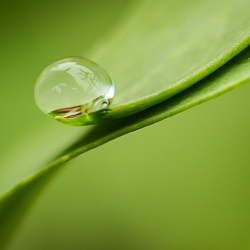 Come and see us at STAND D80 in our new position located on the lower floor between the main...
Come and see us at STAND D80 in our new position located on the lower floor between the main...  Today, consumers recognise that a healthy skin routine goes beyond using a good cream: keeping...
Today, consumers recognise that a healthy skin routine goes beyond using a good cream: keeping... 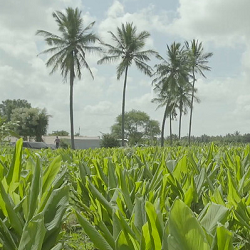 For over 20 years, sustainability, traceability, and transparency have driven Verdure Sciences®...
For over 20 years, sustainability, traceability, and transparency have driven Verdure Sciences®... 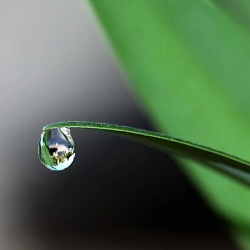 Our
Our  Despite concerns about the fish oil shortage over the past two years,
Despite concerns about the fish oil shortage over the past two years, 